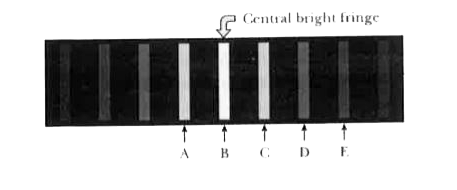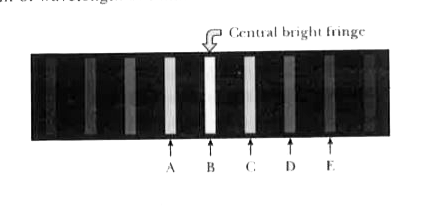PRACTICE QUESTIONS (Linked Comprehension) from RESNICK AND HALLIDAY PHYSICS Chapter 22 INTERFERENCE AND DIFFRACTION for Class 12
| Class 12 | PHYSICS |
| Chapter | INTERFERENCE AND DIFFRACTION |
| RESNICK AND HALLIDAY PHYSICS | PRACTICE QUESTIONS (Linked Comprehension) |
| Medium | English |
| Academic Year | 2023-2024 |
Question 5
Angular width of central maxima in the Fraunhofer diffraction pattern of a slit is measured. The slit is illuminated by light of wavelength 6000Å. When the slit is illuminated by light of another wavelength, the angular width decreases by 30%. The wavelength of this light will beView SolutionQuestion 6
Angular width of central maximum in the Fraunhoffer diffraction pattern of a slit is measured. The slit is illuminated by light of wavelength 6000Å. When the slit is illuminated by light of another wavelength, the angular width decreases by 30%. Calculate the wavelength of this light. The same decrease in the angular width of central maximum is obtained when the original apparatus is immersed in a liquid. Find the refractive index of the liquid.View SolutionQuestion 7
An initially parallel cylindrical beam travels in a medium of refractive index μ(I)=μ0+μ2I, where μ0 and μ2 are positive constants and I is the intensity of the light beam. The intensity of the beam is decreasing with increasing radius.
31. The initial shape of the wavefront of the beam is View SolutionQuestion 8
An intially parallel cyclindrical beam travels in a medium of refractive index μ(I)=μ0+μ2I, where μ0 and μ2 are positive constants and I is intensity of light beam. The intensity of the beam is decreasing with increasing radius.
Answer the following questions :
The speed of light in the medium is View SolutionQuestion 9
An initially parallel cylindrical beam travels in a medium of refractive index μ(I)=μ0+μ2I, where μ0 and μ2 are positive constants and I is the intensity of the light beam. The intensity of the beam is decreasing with increasing radius.
30 . At the beam enters the medium, it willView SolutionQuestion 10
When waves from two herent sources, having amplitudes a and b superimpose, the amplitude R of the resultant wave is given by R=√a2+b2+2abcosϕ where ϕ is the constant phase angle between the two waves. The resultant intensity I is directly proportional to the square of the amplitude of the resultant wave, i.e., I∝R2,
i.e., I∝(a2+b2+2abcosϕ)
For constructive interference, ϕ=2nπ,
Imax=(a+b)2
For destructive interference, ϕ=(2n−1)π
Imin=(a−b)2
If I1,I2 are intensities of light from two slits of widths ω1 and ω2, then I1I2=ω1ω2=a2b2
Light waves from two coherent sources of intensity ratio 81:1 produce interference. With the help of the passsage given above, choose the most appropriate alternative for each of the following questions :
The ratio of amplitude of two sources is View SolutionQuestion 11
When waves from two herent sources, having amplitudes a and b superimpose, the amplitude R of the resultant wave is given by R=√a2+b2+2abcosϕ where ϕ is the constant phase angle between the two waves. The resultant intensity I is directly proportional to the square of the amplitude of the resultant wave, i.e., I∝R2,
i.e., I∝(a2+b2+2abcosϕ)
For constructive interference, ϕ=2nπ,
Imax=(a+b)2
For destructive interference, ϕ=(2n−1)π
Imin=(a−b)2
If I1,I2 are intensities of light from two slits of widths ω1 and ω2, then I1I2=ω1ω2=a2b2
Light waves from two coherent sources of intensity ratio 81:1 produce interference. With the help of the passsage given above, choose the most appropriate alternative for each of the following questions :
The ratio of slit widths of the two sources is View SolutionQuestion 12
When waves from two herent sources, having amplitudes a and b superimpose, the amplitude R of the resultant wave is given by R=√a2+b2+2abcosϕ where ϕ is the constant phase angle between the two waves. The resultant intensity I is directly proportional to the square of the amplitude of the resultant wave, i.e., I∝R2,
i.e., I∝(a2+b2+2abcosϕ)
For constructive interference, ϕ=2nπ,
Imax=(a+b)2
For destructive interference, ϕ=(2n−1)π
Imin=(a−b)2
If I1,I2 are intensities of light from two slits of widths ω1 and ω2, then I1I2=ω1ω2=a2b2
Light waves from two coherent sources of intensity ratio 81:1 produce interference. With the help of the passsage given above, choose the most appropriate alternative for each of the following questions :
The ratio of amplitude of two sources is View SolutionQuestion 13
When waves from two coherent source of amplitudes a and b superimpose , the amplitude R of the resultant wave is given by R = √a2+b2+2abcosϕ.
where ϕ is the constant phase angle between the two waves. The resultant intensity I is directly proportional to the square of the amplitude of the resultant wave i.e I∝R2 i.e,
I∝(a2+b2+2abcosϕ)
For constructive interference ,
ϕ=2nπ and Imax=(a+b)2
For destructive interference ,
ϕ=(2n−1)πandImin=(a−b)2
If I1I2 are intensities from two slits of width w1andw2 then
I1I2=w1w2=a2b2
Light waves from two coherent sources of intensity ratio 81 : 1 produce interference. With the help of the passage choose the most appropriate alternative for each of the following questions
If two slits in Young's experiment have width ratio 1:4 the ratio of maximum and minimum intensity in the interference pattern would be View SolutionQuestion 14
When waves from two herent sources, having amplitudes a and b superimpose, the amplitude R of the resultant wave is given by R=√a2+b2+2abcosϕ where ϕ is the constant phase angle between the two waves. The resultant intensity I is directly proportional to the square of the amplitude of the resultant wave, i.e., I∝R2,
i.e., I∝(a2+b2+2abcosϕ)
For constructive interference, ϕ=2nπ,
Imax=(a+b)2
For destructive interference, ϕ=(2n−1)π
Imin=(a−b)2
If I1,I2 are intensities of light from two slits of widths ω1 and ω2, then I1I2=ω1ω2=a2b2
Light waves from two coherent sources of intensity ratio 81:1 produce interference. With the help of the passsage given above, choose the most appropriate alternative for each of the following questions :
The ratio of amplitude of two sources is View SolutionQuestion 15
Consider the situation shown in fig. The two slits S1 and S2 placed symmetrically around the central line are illuminated by monochromatic light of wavelength λ. The separation between the slit is d. The ligth transmitted by the slits falls on a screen S0 placed at a distance D form the slits. The slit S3 is at the central line and the slit S4 is at a distance z from S3 Another screen Sc is placed a further distance D away from Sc Find the ratio of the maximum to minimum intensity observed on Sc
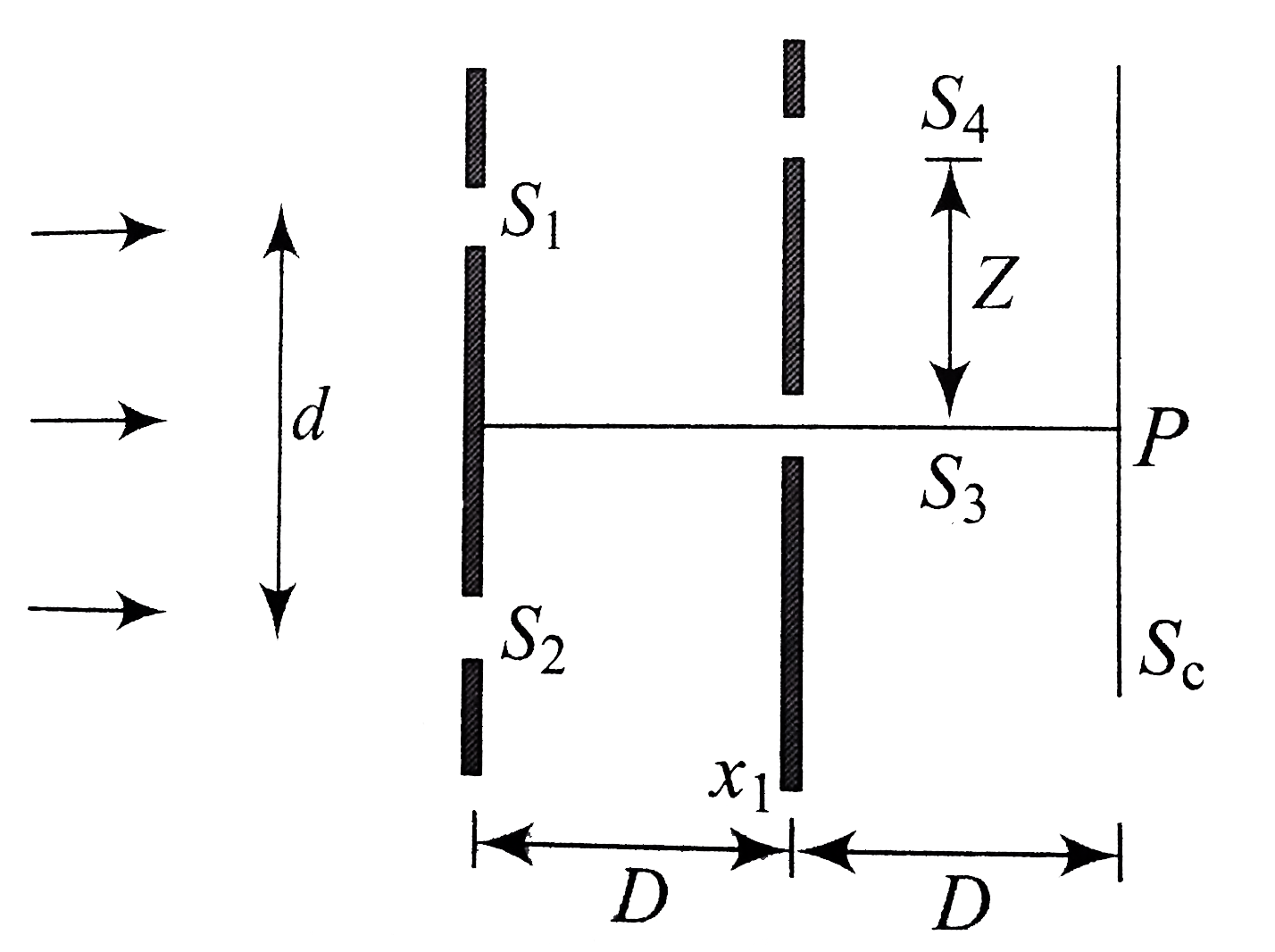
If z=λD2dView SolutionQuestion 16
Consider the situation shown in fig. The two slits S1 and S2 placed symmetrically around the central line are illuminated by monochromatic light of wavelength λ. The separation between the slit is d. The ligth transmitted by the slits falls on a screen S0 placed at a distance D form the slits. The slit S3 is at the central line and the slit S4 is at a distance z from S3 Another screen Sc is placed a further distance D away from Sc Find the ratio of the maximum to minimum intensity observed on Sc
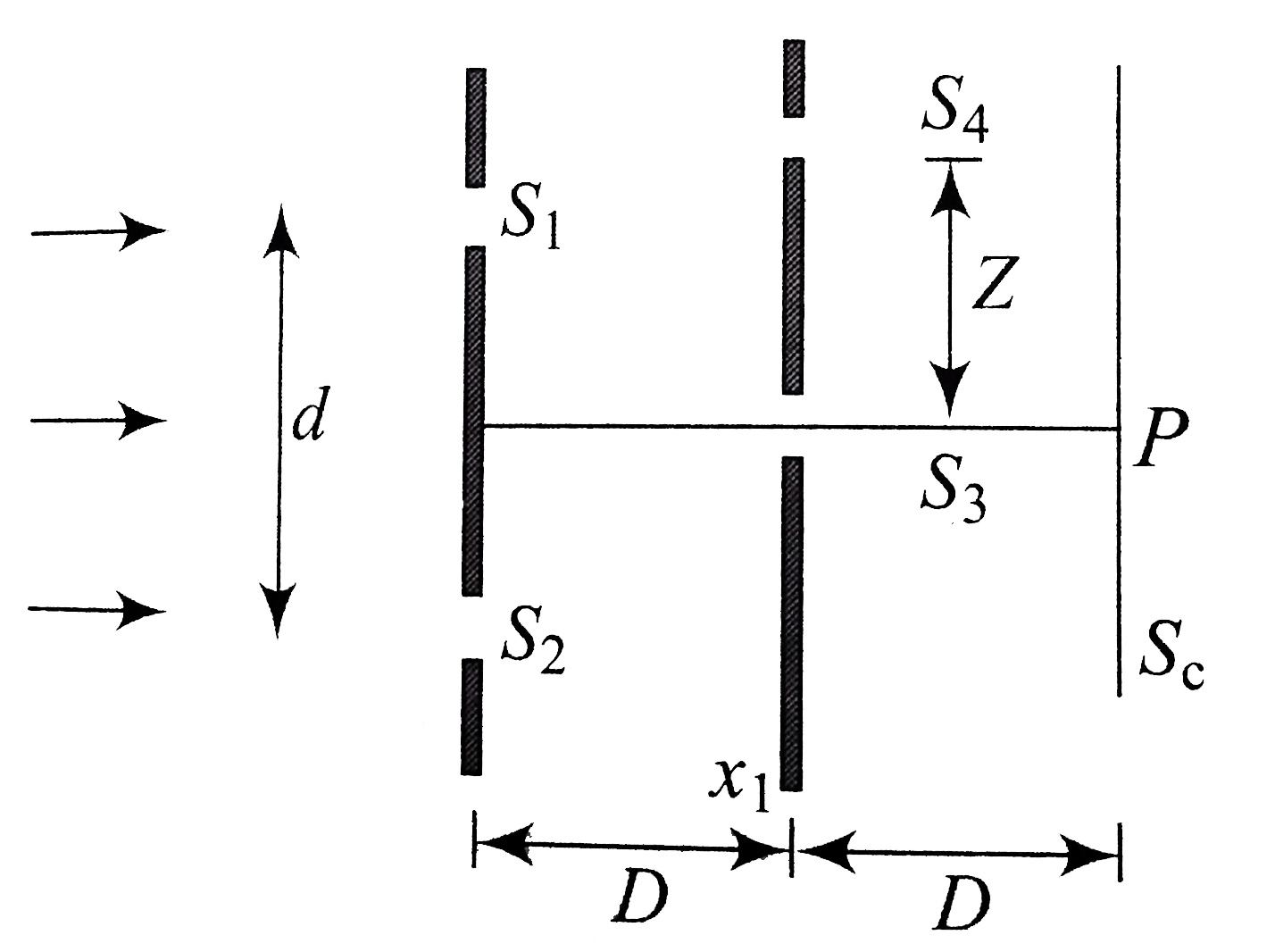
If z=λDdView SolutionQuestion 17
Consider the situation shown in fig. The two slits S1 and S2 placed symmetrically around the central line are illuminated by monochromatic light of wavelength λ. The separation between the slit is d. The ligth transmitted by the slits falls on a screen S0 placed at a distance D form the slits. The slit S3 is at the central line and the slit S4 is at a distance z from S3 Another screen Sc is placed a further distance D away from Sc Find the ratio of the maximum to minimum intensity observed on Sc

If z=λD4dView SolutionQuestion 18
A lens of focal length f is cut along the diameter into two identical halevs. In this process, a layer of the lens t in thickness is lost, then the halves are put together to form a composite lens. In between the focal plane and the composite lens, a narrow slit is placed near the focal plane. The slit is emitting monochromatic λ. Behind the lens, a screen is located at a distance L front it.
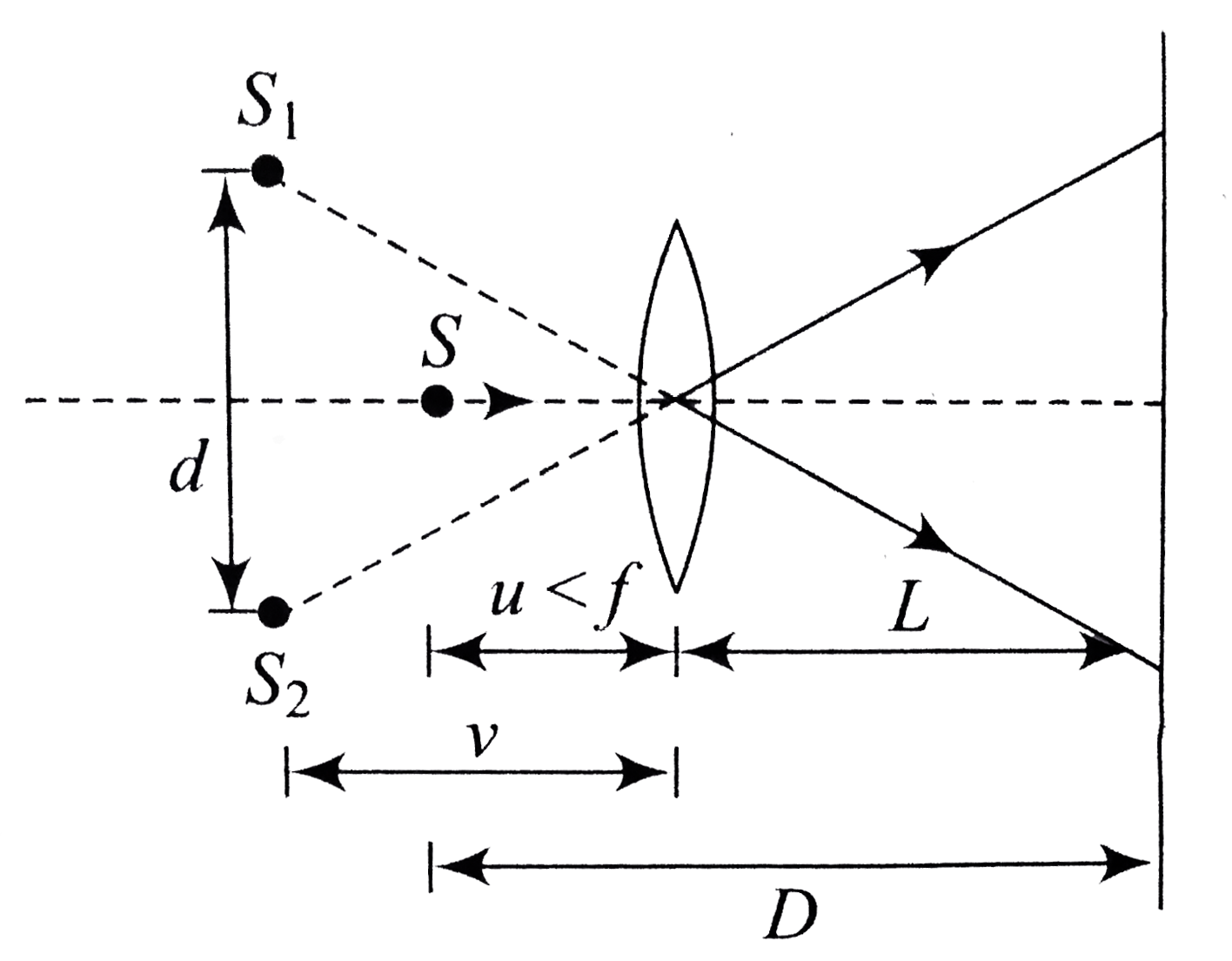
Find the fringe width for the pattern obtained under given arrangement on the screen.View SolutionQuestion 19
A lens of focal length f is cut along the diameter into two identical halevs. In this process, a layer of the lens t in thickness is lost, then the halves are put together to form a composite lens. In between the focal plane and the composite lens, a narrow slit is placed near the focal plane. The slit is emitting monochromatic λ. Behind the lens, a screen is located at a distance L front it.
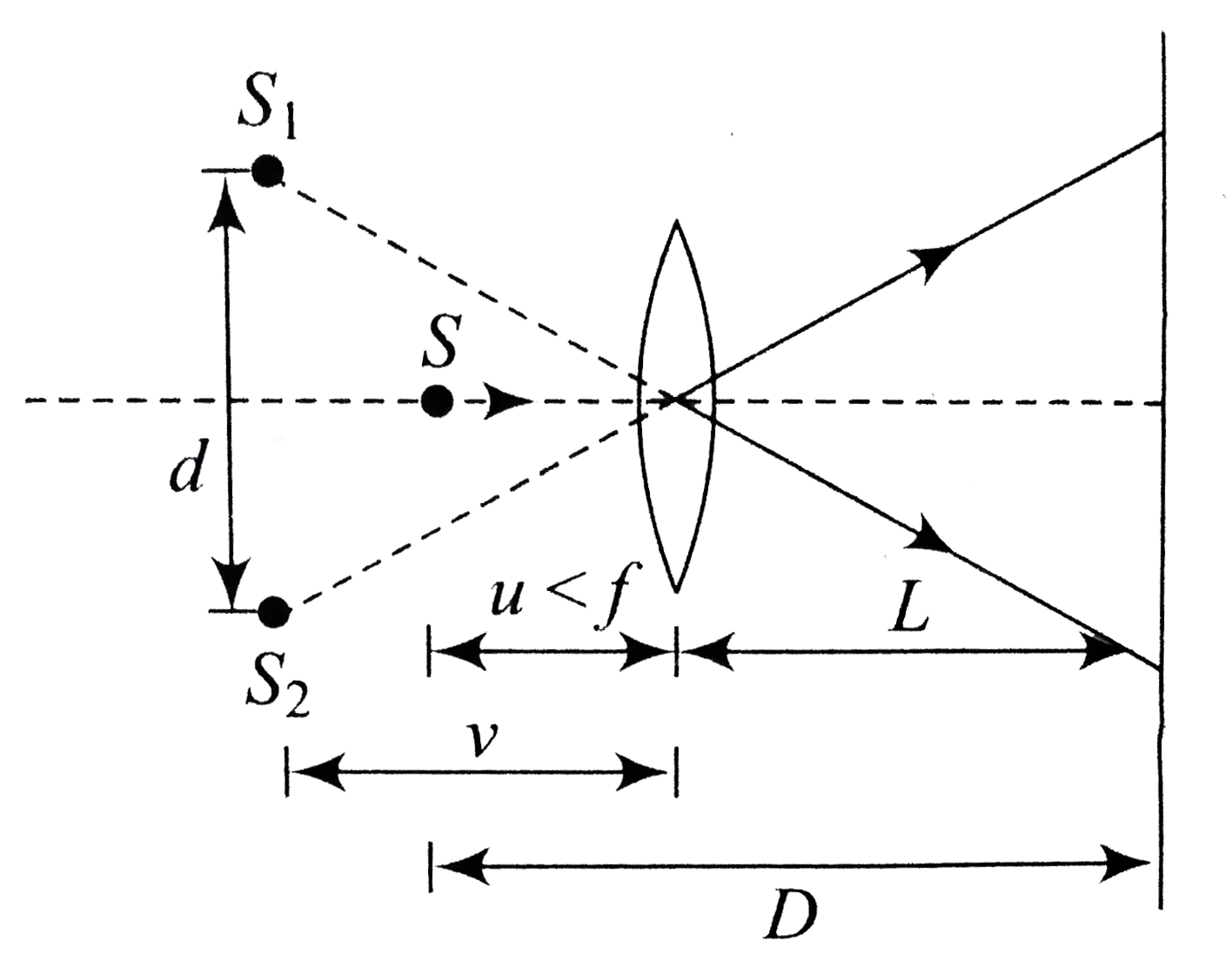
The expression for the number of visible maxima which are obtained through above said arrangement will turn out to beView SolutionQuestion 20
In a modified Young's double-slit experiment, source S is kept in front of slit S1 as shown in the following figure. Find the phase difference at a point that is equidistant from slits S1 and S2 and point P that is in front of slit S1 in the following situations:
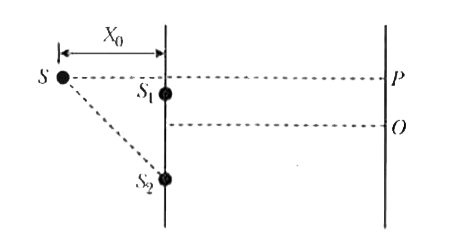
If a liquid of refractive index n is filled between the screen and slits, what is the phase difference?View SolutionQuestion 21
In a modified Young's double-slit experiment, source S is kept in front of slit S1 as shown in the following figure. Find the phase difference at a point that is equidistant from slits S1 and S2 and point P that is in front of slit S1 in the following situations:

If a liquid is filled between the slit and the source S, what is the phase difference?View Solution
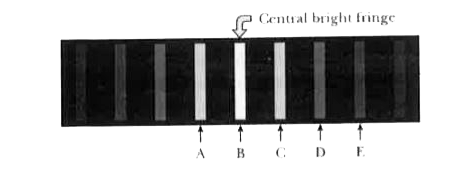
_E01_080_Q01.png)
